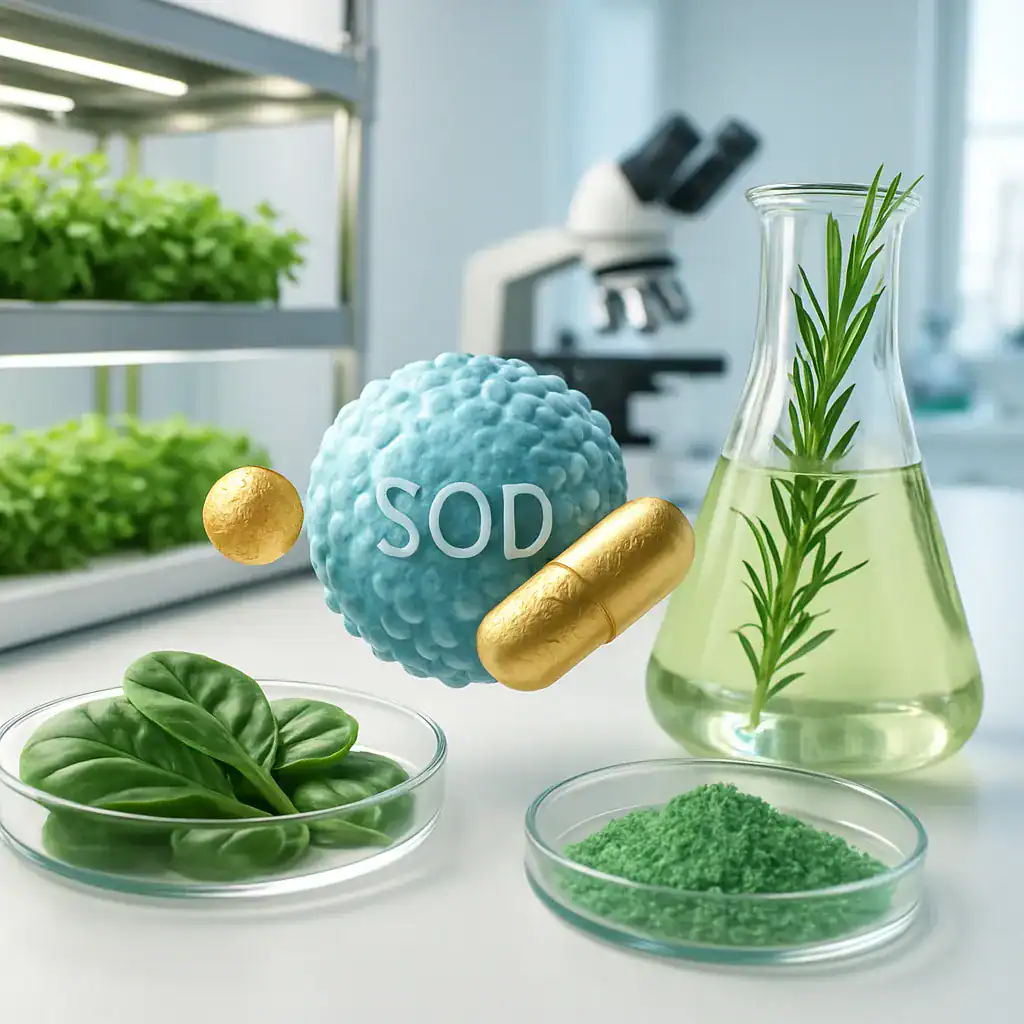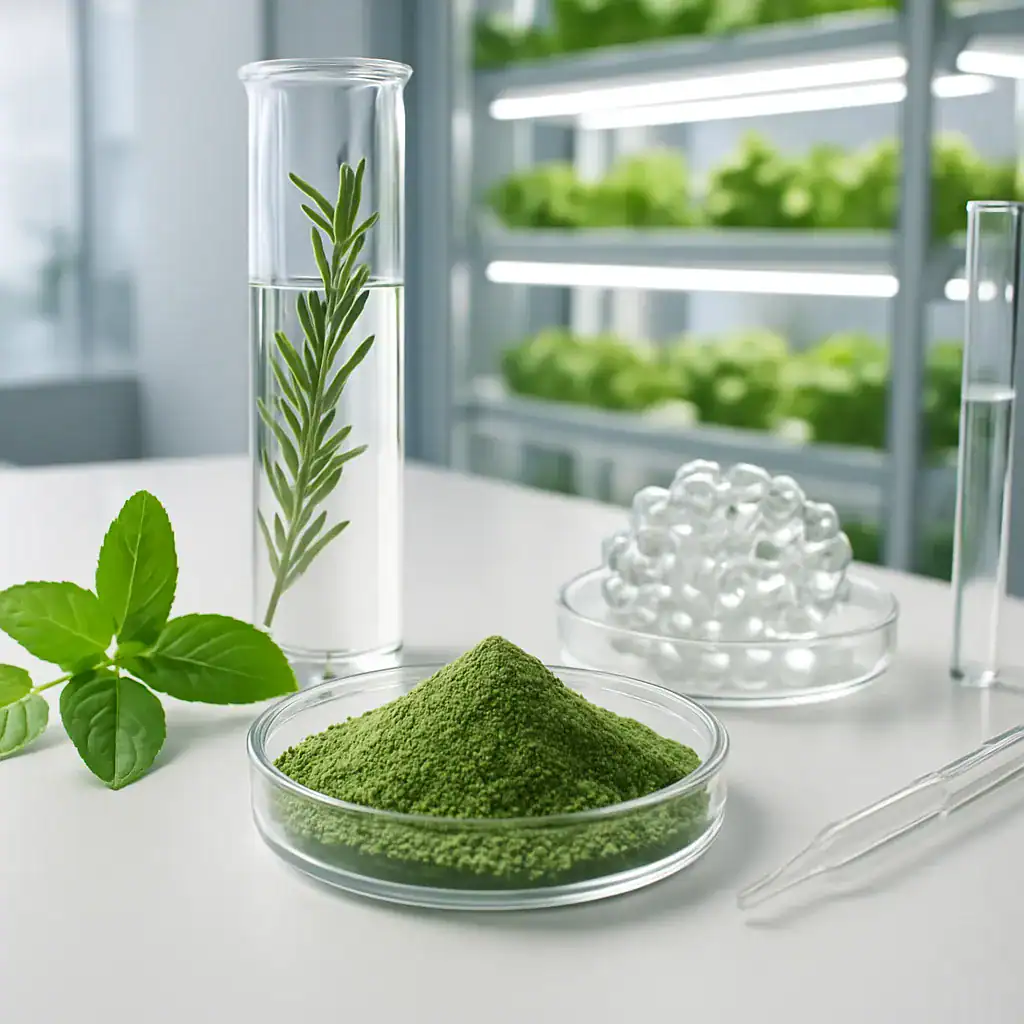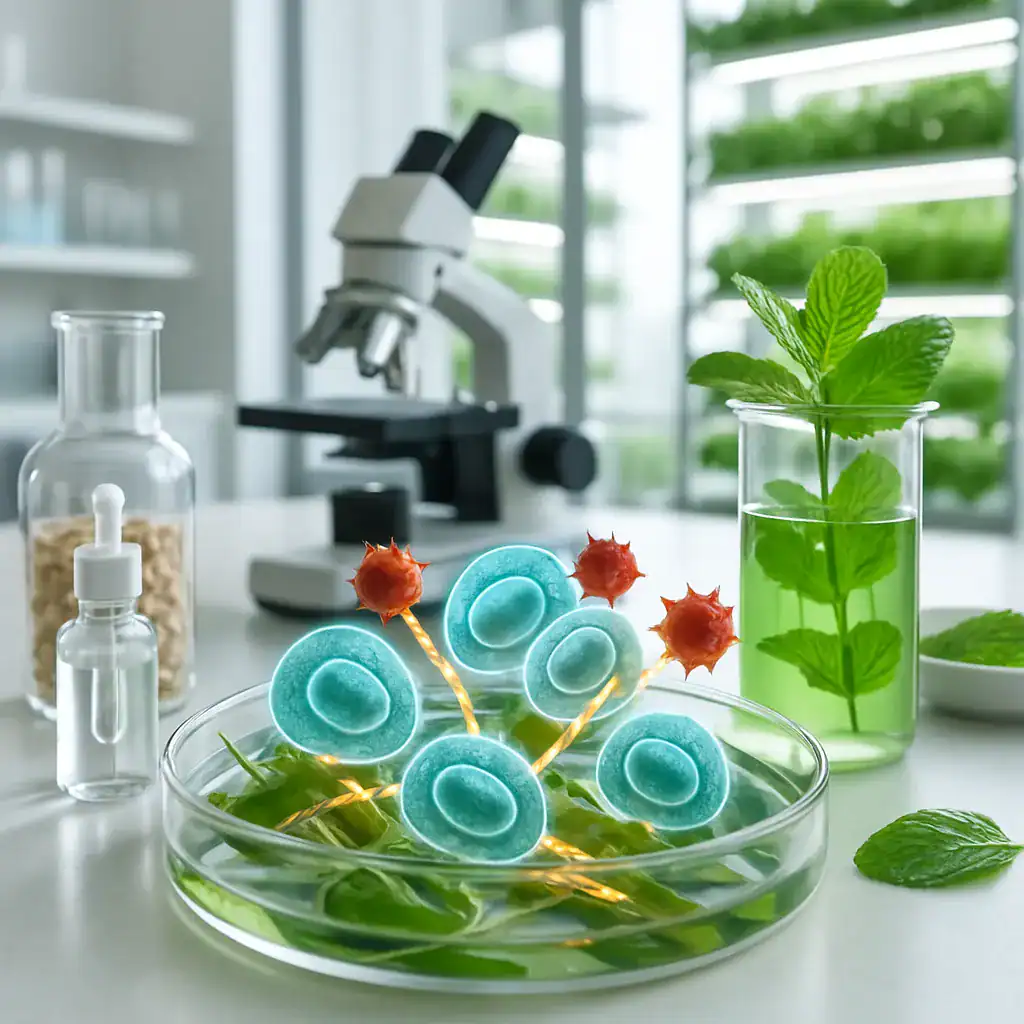Clean Label Certifications: What They Mean for Herbal Extracts
Understanding Biodegradable Extraction Solvents
Biodegradable extraction solvents represent a paradigm shift in how we obtain bioactive compounds from natural sources. You may have wondered why some supplements seem more effective than others despite containing the same ingredients on the label. The answer often lies in the extraction process. Traditional extraction methods frequently rely on petrochemical-based solvents that not only pose environmental concerns but can also leave harmful residues in the final product.
When you’re seeking high-quality nutraceuticals, the extraction method matters tremendously. Biodegradable solvents derived from renewable resources offer a sustainable alternative that preserves both the integrity of bioactive compounds and our planet. These solvents break down naturally in the environment, reducing ecological footprint while often enhancing the purity of extracted compounds.
But have you ever considered that the solvent used might actually improve the bioavailability of the active ingredients? That’s precisely what happens with properly selected biodegradable solvents, which can maintain the natural molecular structure of compounds like Superoxide Dismutase (SOD) during extraction, preserving their therapeutic potential.
The Science Behind Green Solvent Technology
Natural Solvent Categories
Biodegradable extraction solvents fall into several categories that you might recognize from your kitchen cabinet. Plant-derived alcohols like ethanol from fermented grains serve as excellent extraction mediums for many bioactive compounds. Terpenes, naturally occurring in citrus peels and various plants, offer exceptional dissolving properties while being completely biodegradable.
Lactate esters, derived from fermentation of carbohydrates, represent another fascinating category. These solvents exhibit remarkable ability to extract lipophilic compounds while maintaining a favorable environmental profile. You’ve likely encountered products containing extracts obtained using these solvents without even realizing it.
Selectivity and Efficiency
What makes biodegradable solvents particularly valuable in nutraceutical production is their selectivity. Unlike harsh chemical solvents that extract everything indiscriminately, green solvents can be tailored to target specific compounds. This means that when extracting delicate compounds like exosomes or plant-based nanotechnology components, the process preserves their structural integrity and functionality.
That’s clear when examining extraction yields—biodegradable solvents often demonstrate comparable or superior efficiency to traditional solvents while eliminating toxic residues. For nutritionists working with clients sensitive to chemical additives, this distinction proves crucial.
Practical Applications in Nutraceutical Development
Enhanced Bioavailability Through Cleaner Extraction
When developing nutraceutical formulations, bioavailability presents a perpetual challenge. You may have clients who take supplements faithfully yet see limited benefits. The extraction solvent plays a significant role here. Biodegradable solvents can preserve the natural molecular structures that facilitate absorption in the human body.
For instance, when extracting Superoxide Dismutase from plant sources, using deep eutectic solvents (DES)—mixtures of natural compounds that form a eutectic with a melting point lower than either component—maintains the enzyme’s delicate structure. This preservation translates directly to enhanced antioxidant activity when consumed, supporting joint health, cardiovascular function, and skin protection more effectively.
Sustainable Processing for Vertical Farming Products
The integration of biodegradable extraction technologies with vertical farming represents a complete sustainability cycle. When botanicals grown in controlled vertical environments undergo extraction with green solvents, the result is truly clean ingredients from soil to supplement.
This matters because these botanicals often contain complex phytochemical profiles that conventional solvents might damage. The gentle nature of biodegradable solvents preserves these delicate relationships between compounds, maintaining the synergistic effects that make plant-based supplements so effective.
Have you ever wondered why some plant extracts seem to work better than others despite standardized active ingredients? The extraction process often holds the answer—biodegradable solvents maintain the plant’s natural synergistic compound relationships rather than isolating single molecules.
Our Key Areas of Expertise

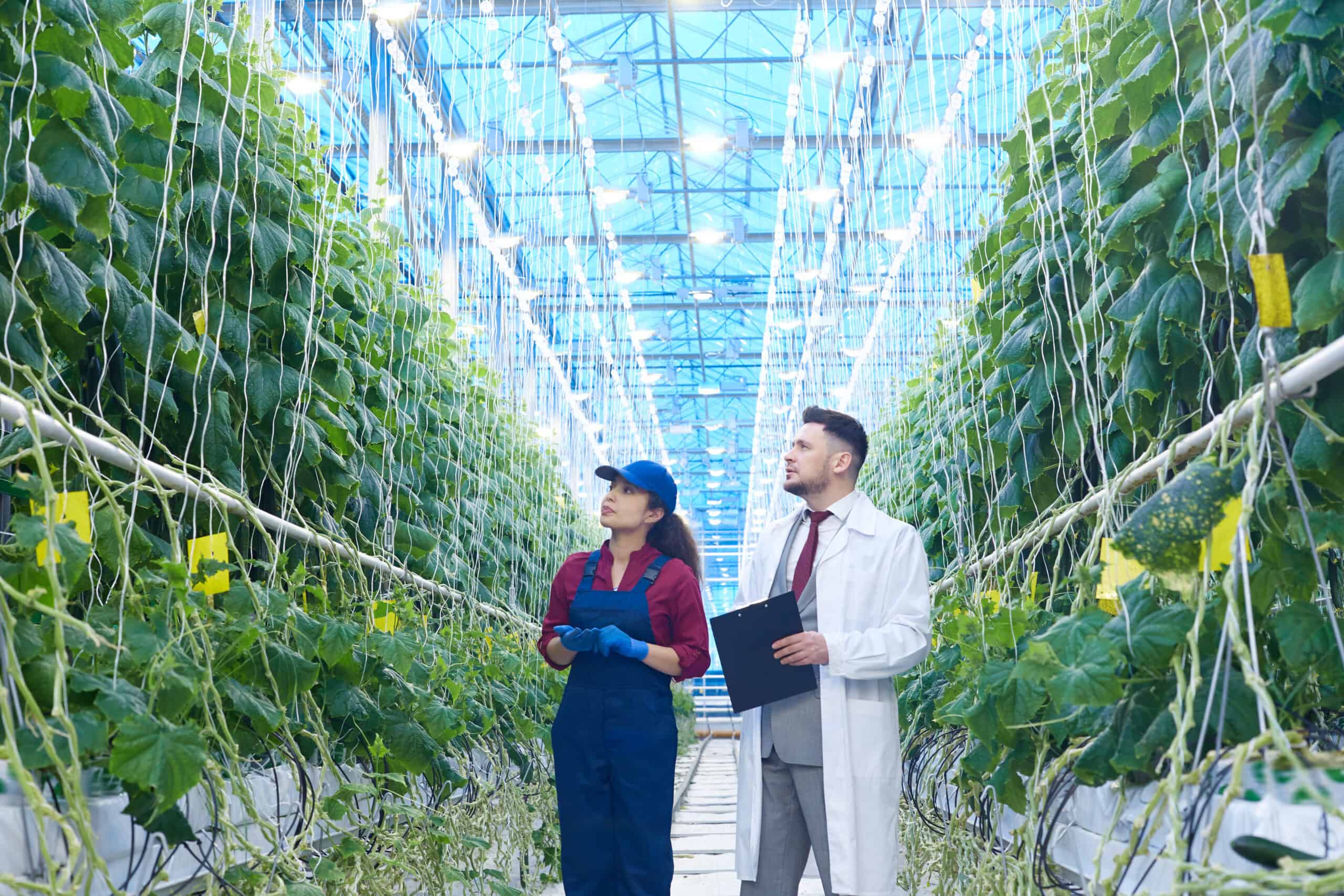

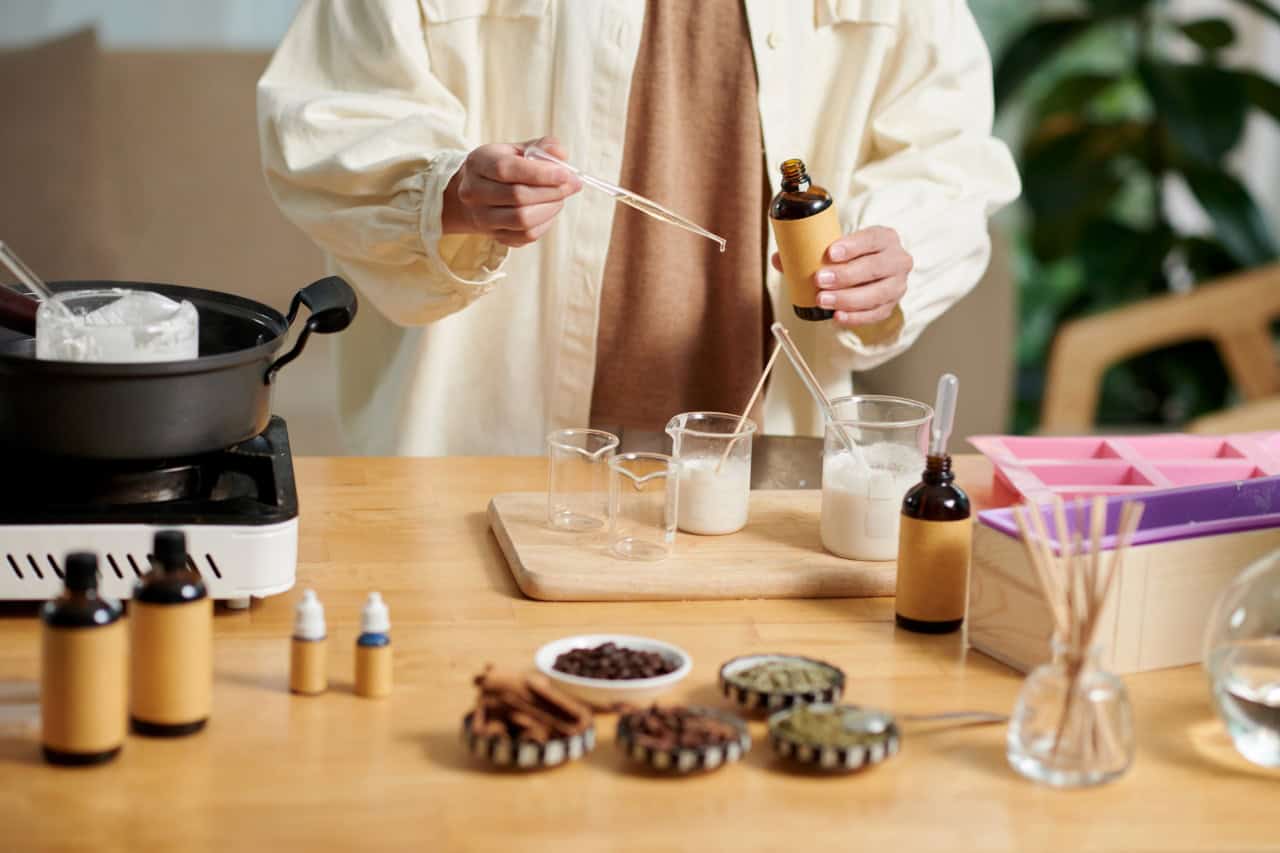
The Integration of Biodegradable Solvents in Modern Health Product Manufacturing
Green Chemistry’s Role in Nutraceutical Quality
When you examine the entire production chain of health supplements, biodegradable extraction technologies represent a critical junction where product quality is either preserved or compromised. The solvent selection affects not just environmental sustainability but directly influences the bioactive profile of the final product.
Traditional extraction processes often rely on petroleum-derived solvents like hexane, acetone, or methanol. While effective at isolating certain compounds, these solvents can strip away beneficial cofactors, leave harmful residues, and damage sensitive bioactive molecules. You might notice that products using these harsh extraction methods require extensive purification steps that further degrade the natural complexity of the original botanical material.
In contrast, when manufacturers implement green solvents like ethyl lactate, limonene, or supercritical CO₂, they maintain the delicate phytochemical equilibrium that gives natural products their efficacy. This preservation of molecular integrity becomes particularly important when dealing with complex compounds such as:
- Polyphenols with antioxidant properties
- Terpenes with anti-inflammatory effects
- Flavonoids that support cardiovascular health
- Alkaloids with neurological benefits
- Essential fatty acids for cognitive function
For customers seeking truly natural health solutions, the extraction technology becomes inseparable from the concept of product purity. The solvent fingerprint can remain in trace amounts even after processing, potentially interacting with the body’s sensitive systems over time.
Synergistic Manufacturing: From Cultivation to Formulation
The interconnection between sustainable extraction and other production processes creates a multiplier effect for health products. When vertical farming techniques produce clean, standardized botanical material that then undergoes green extraction, the resulting ingredients carry forward the benefits of both technologies.
This synergy manifests in several important ways:
| Production Phase | Conventional Approach | Integrated Green Approach | Health Impact |
|---|---|---|---|
| Cultivation | Pesticide use, variable growing conditions | Controlled vertical farming, no pesticides | Elimination of toxin exposure |
| Harvesting | Variable harvest timing | Precision harvest at peak bioactive content | Maximized therapeutic potential |
| Extraction | Petrochemical solvents | Biodegradable natural solvents | Preserved molecular structures |
| Formulation | Synthetic additives to standardize | Natural synergistics preserved | Enhanced bioavailability |
| Delivery | Often requires synthetic enhancers | Natural nanodelivery systems | Targeted action in the body |
You can see how each stage builds upon the previous, creating a comprehensive approach to health product manufacturing that honors the complexity of natural compounds. When nanodelivery systems derived from plant exosomes carry compounds extracted using biodegradable solvents, the bioavailability increases dramatically compared to conventionally processed ingredients.
Metabolomic Preservation Through Advanced Green Extraction
The emerging field of metabolomics—the study of small molecules within biological systems—has revealed just how crucial complete phytochemical profiles are for supplement efficacy. Extraction methodology directly determines how much of this natural complexity survives processing.
Biodegradable solvents excel at preserving what scientists call the “entourage effect”—the synergistic interaction between primary active compounds and secondary metabolites that often serve as bioavailability enhancers or stability factors. You might experience this difference when:
- Your body absorbs more curcumin when the full turmeric profile is preserved
- The anti-inflammatory effects of boswellia last longer due to intact terpene ratios
- Your cognitive response to ginkgo extract improves because of preserved flavonoid diversity
The choice of extraction solvent represents one of the most important technological decisions in the nutraceutical production chain. When manufacturers prioritize biodegradable options, they ensure that delicate signaling molecules like exosomes maintain their membrane integrity and cargo delivery capabilities.
Sensory Experience and Compliance Enhancement
Beyond the bioactive profile, green extraction technologies significantly impact the sensory qualities of health products. Aroma compounds extracted using harsh solvents often require extensive masking agents to cover unpleasant notes, while naturally-derived solvents tend to preserve the authentic botanical character.
This sensory dimension affects compliance—your willingness to consistently take a supplement depends partly on its palatability. The bitter, metallic, or chemical notes that sometimes plague supplements often trace back to solvent residues or damaged compounds from aggressive extraction.
When PhNóva implements biodegradable extraction processes in conjunction with its Aroma Neutra technology, the resulting products require minimal flavor correction. This allows for:
- Reduced need for artificial sweeteners or masking agents
- More authentic botanical flavor profiles
- Lower potential for sensory fatigue over long-term use
- Better dissolution characteristics in liquid applications
- Improved mouthfeel in chewable or oral disintegrating formulations
Your sensory experience with a nutraceutical product represents the culmination of numerous manufacturing decisions, with the extraction process playing a pivotal role in determining whether the final product feels natural or artificial when consumed.
Regulatory Advantages and Future-Proofing
The regulatory landscape for nutraceuticals continues to evolve toward stricter controls on processing methods and residual solvents. Sustainable extraction technologies position manufacturers advantageously as these regulations tighten. Products processed using biodegradable solvents typically contain significantly lower residual solvent levels and meet the most stringent global standards.
For health-conscious consumers, this regulatory compliance translates to peace of mind and reduced exposure to potentially harmful processing chemicals. As you incorporate supplements into your daily routine, the cumulative exposure to even trace amounts of petrochemical solvents becomes a relevant consideration for long-term wellness.
R&D Consultancy
Discover how PhNóva’s R&D Consultancy can help transform your idea into a market-ready solution — with expert support in formulation, regulatory compliance, and innovative delivery systems to give your product a competitive edge.
FAQ's about Clean Label Certifications: What They Mean for Herbal Extracts
Get in Touch with PhNóva
Have questions or need expert guidance? Contact us today — our team is ready to assist you with tailored solutions for your formulations.

28/03/2025



